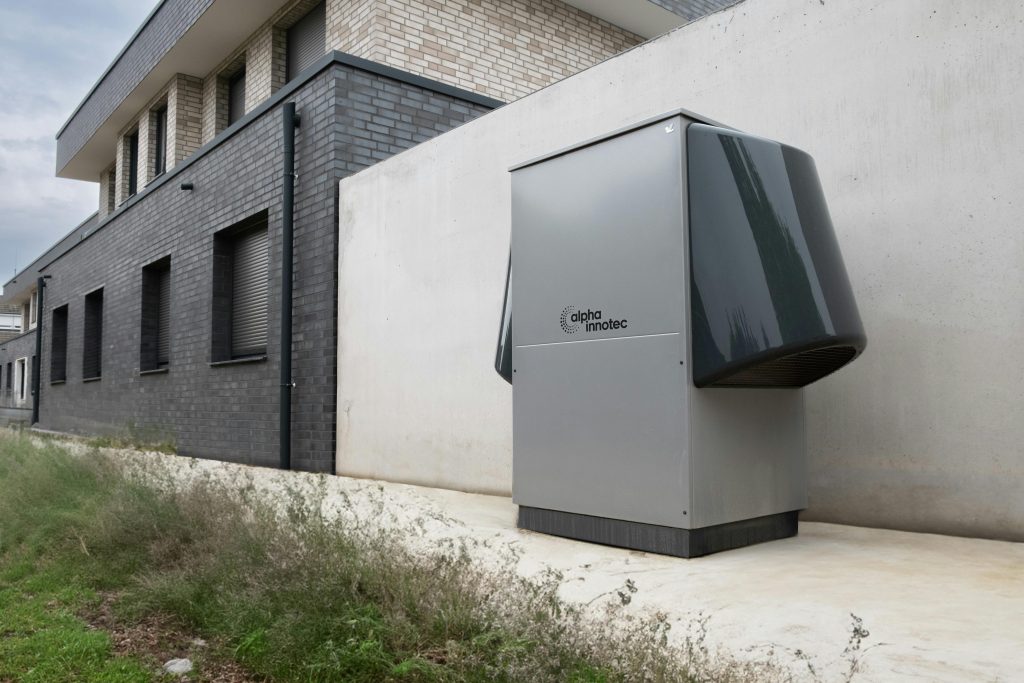HVAC Systems and Plant Rooms, a concise guide on what’s what.
Whether you manage a residential property, run a commercial building, or own a large-scale industrial facility, HVAC systems play a vital role in maintaining indoor comfort. Heating, ventilation, and air conditioning systems are essential for regulating temperature, controlling air quality, and maintaining humidity levels. In this overview, we’ll explore the types of HVAC systems available and how they function to meet your needs.
So what is HVAC?
HVAC is short for Heating, Ventilation, and Air Conditioning. It refers to the technologies used to provide indoor climate control and enhance air quality. From residential properties to large commercial buildings, HVAC systems include heating solutions like furnaces and boilers, cooling options such as central air conditioning and ductless mini-splits, and even industrial refrigeration systems. In addition to temperature regulation, these systems also help improve indoor air quality by filtering pollutants and allergens through ventilation.
How do HVAC Systems Work?
Most HVAC systems rely on air circulation to deliver heated or cooled air throughout a building. In systems with ductwork, such as central heating or air conditioning, air is treated in a central unit and distributed through a network of ducts to various rooms. A fan or blower ensures the air flows consistently, creating a balanced environment.

For buildings without ducts, ductless systems like mini-splits are ideal. These systems treat air locally and send it directly into the room or space. In all HVAC systems, air filters play a crucial role in capturing dust, allergens, and other airborne particles, ensuring that the air being circulated is clean and safe to breathe.
In essence, HVAC systems are designed to provide not only thermal comfort but also to improve the quality of indoor environments, making them essential for a wide range of residential, commercial, and industrial settings.
Understanding the Key Components of an HVAC System
When it comes to keeping your indoor environment comfortable, HVAC systems rely on a range of crucial components working together. Each part plays a vital role in regulating temperature, humidity, and air quality. Below, we break down the essential elements that make up a typical HVAC system, explaining their purpose and how they contribute to efficient operation.
Air Ducts: The Pathways of Comfort
Air ducts are like the veins of an HVAC system, distributing warm or cool air throughout the building. These networks of tubes, hidden within walls and ceilings, carry treated air from the central HVAC unit to different areas. For maximum efficiency, ducts need to be properly sealed and insulated, preventing energy loss and ensuring that your system doesn’t work harder than necessary.
Ductwork connects to the HVAC unit through plenums, which manage airflow. There are usually two plenums: the supply plenum delivers air to the rooms, while the return plenum sends air back to the system for reconditioning.
Air Handlers: The Heart of the System
At the core of an HVAC system is the air handler, the indoor unit responsible for circulating air. It houses the blower motor and fan, which push treated air into the duct system. Air handlers also pull in air that needs conditioning, which is then cooled by evaporator coils in an air conditioner before being distributed throughout the space.
In essence, the air handler ensures that the right temperature is maintained, keeping a steady flow of air circulating through your building.
Condensers: The Cooling Powerhouse
The condenser is the outdoor counterpart of the air handler in an air conditioning system. It’s here that the real magic happens—where heat from inside is expelled. The condenser contains condenser coils and a compressor, which work with refrigerant (a cooling chemical) to release heat into the outdoor air. This process allows cooled refrigerant to cycle back indoors, ready to absorb more heat and keep your space cool.
Humidifiers and Dehumidifiers: Fine-Tuning Indoor Air
Depending on the climate, the air in your building may need some adjustment when it comes to moisture levels. Humidifiers add moisture to the air, which is especially useful in dry environments to prevent discomfort and damage to wooden furniture. On the other hand, dehumidifiers remove excess moisture, preventing mould growth and keeping indoor air comfortable. While air conditioning systems naturally dehumidify, in some climates, an additional humidifier may be necessary for balance.
Refrigerant: The Cooling Fluid
Refrigerant is the lifeblood of any air conditioning system. This liquid absorbs heat from the indoor air and transfers it outside, effectively cooling the space. It works through a cycle of evaporation and condensation, helping to regulate temperature. While Freon is a well-known brand of refrigerant, the term is often used to refer to refrigerants in general.
Thermostat: The Control Centre
A thermostat is your system’s command hub, allowing you to set your desired indoor temperature. Once the thermostat is adjusted, the HVAC system springs into action to either heat or cool the space until the set temperature is reached. Modern thermostats often come with energy-saving features, such as programmable settings, helping to maintain comfort while reducing energy consumption.
Vents: Directing Airflow
Vents are the final touch, connecting the ductwork to the interior or exterior of a building. They ensure proper airflow and play a vital role in circulating treated air into the living or working spaces. Vents also allow fresh air to enter the system, promoting a healthier indoor environment.
To sum it up, each of these components work in harmony to create an efficient, responsive HVAC system, ensuring you can enjoy optimal comfort, no matter the season.
Whether you’re considering repairs, upgrades, or a new installation, our experienced team is here to guide you through every step of the process. From the initial assessment to installation and maintenance, we ensure your HVAC system operates efficiently and in full compliance with all regulations.
Contact us on Whatsapp to schedule a consultation with one of our experts and explore the best HVAC options for your business.
